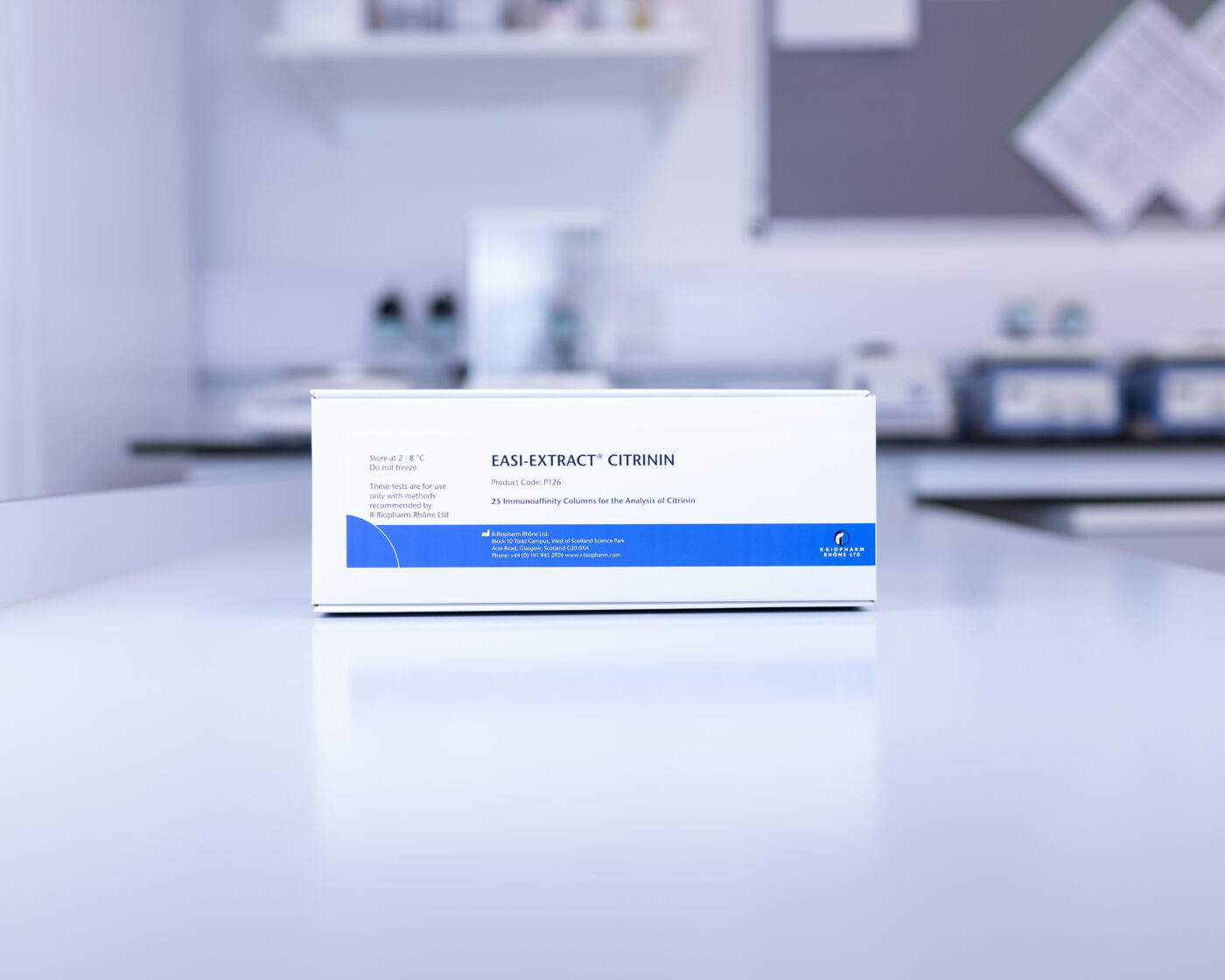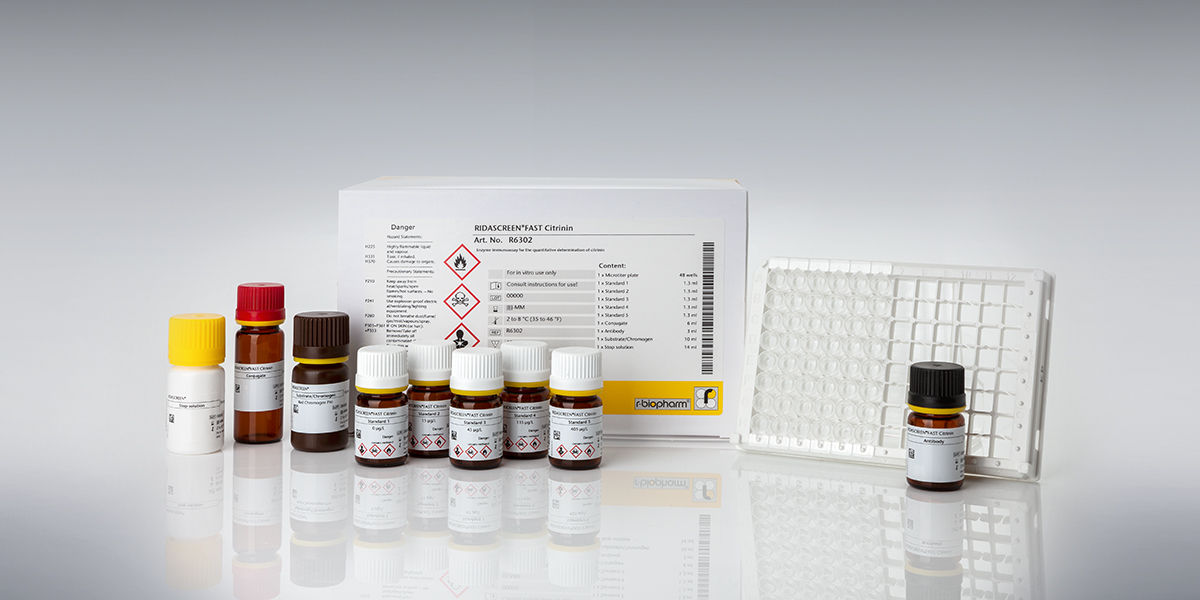
News
Recent news in Food & Feed Analysis
- Home
- /
- Citrinin: Effective mycotoxin analysis...
Analytes
Citrinin: Effective mycotoxin analysis using HPLC and immunoaffinity columns

The fungal toxin citrinin is a major problem in many cereals and particularly in red yeast rice. Since red yeast rice is becoming more and more popular, the demand for methods for the analysis of citrinin increases. The new EASI-EXTRACT® immunoaffinity columns for citrinin are making HPLC and LC-MS/MS analyses even more efficient.
Citrinin is a carcinogenic and mutagenic mycotoxin, produced by several species of the Penicilium, Aspergillus and Monascus fungi. It occurs in a wide variety of cereals such as wheat, barley, rye, oat, corn, rice and linseed. Especially in red yeast rice (also known as “red rice koji” or “ang-kak”), citrinin is a widespread problem. Red yeast rice is used in traditional Chinese food preparation. By adding the mould Monascus purpureus, the rice is fermented and turns a bright reddish colour. In Asia, red yeast rice is used as a preservative and food colouring. In addition, it is a popular food supplement (powdered red yeast rice) because of its health benefits. However, red yeast rice can be contaminated with citrinin.
Citrinin: A risk to consumers?
In recent years, several institutions have dealt with citrinin in order to assess the risk to consumers’ health:
- Commission Regulation (EU) No. 212/2014 sets a maximum level of 2,000 ppb for citrinin in food supplements based on rice fermented with red yeast Monascus purpureus.
- In 2012, the EFSA Panel were asked to assess the risk to public and animal health related to the presence of citrinin in food and feed and concluded that there was a need for specific occurrence data.
- In 2013, CEN published a call to fund work on the development of a validated method for the analysis of citrinin.
- In 2015, EFSA published a call for proposals to conduct extensive survey work on citrinin.
This growing interest in citrinin makes it necessary to perform regularly mycotoxin analyses. Laboratory technicians, who use HPLC or LC-MS/MS for citrinin analysis, benefit from our new EASI-EXTRACT® immunoaffinity columns. The columns provide efficient clean-up prior to HPLC or LC-MS/MS detection: Mycotoxins in the sample are extracted, filtered and diluted, resulting in a highly purified eluate. The procedure is rapid and simple to perform and suitable for a wide range of commodities.


